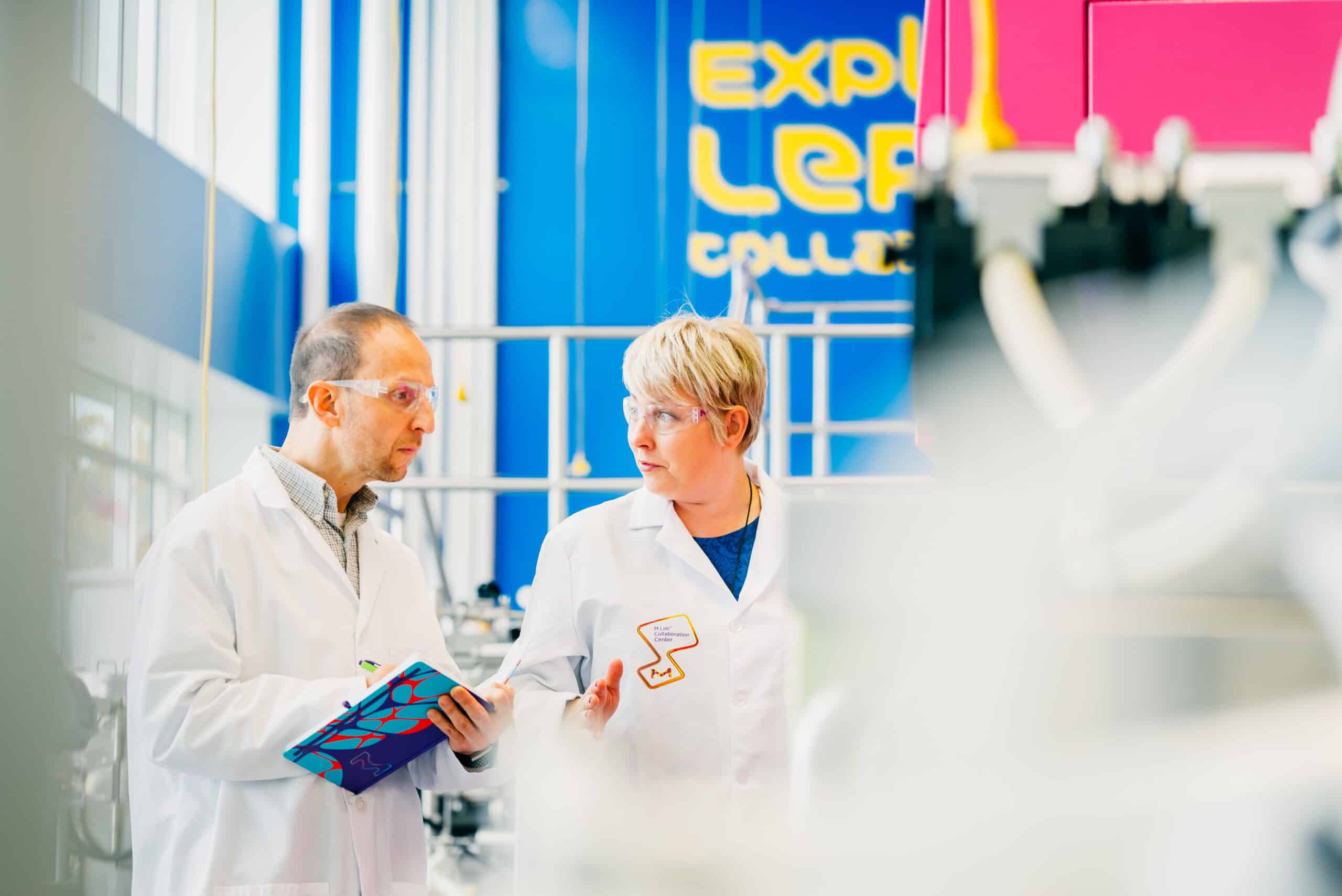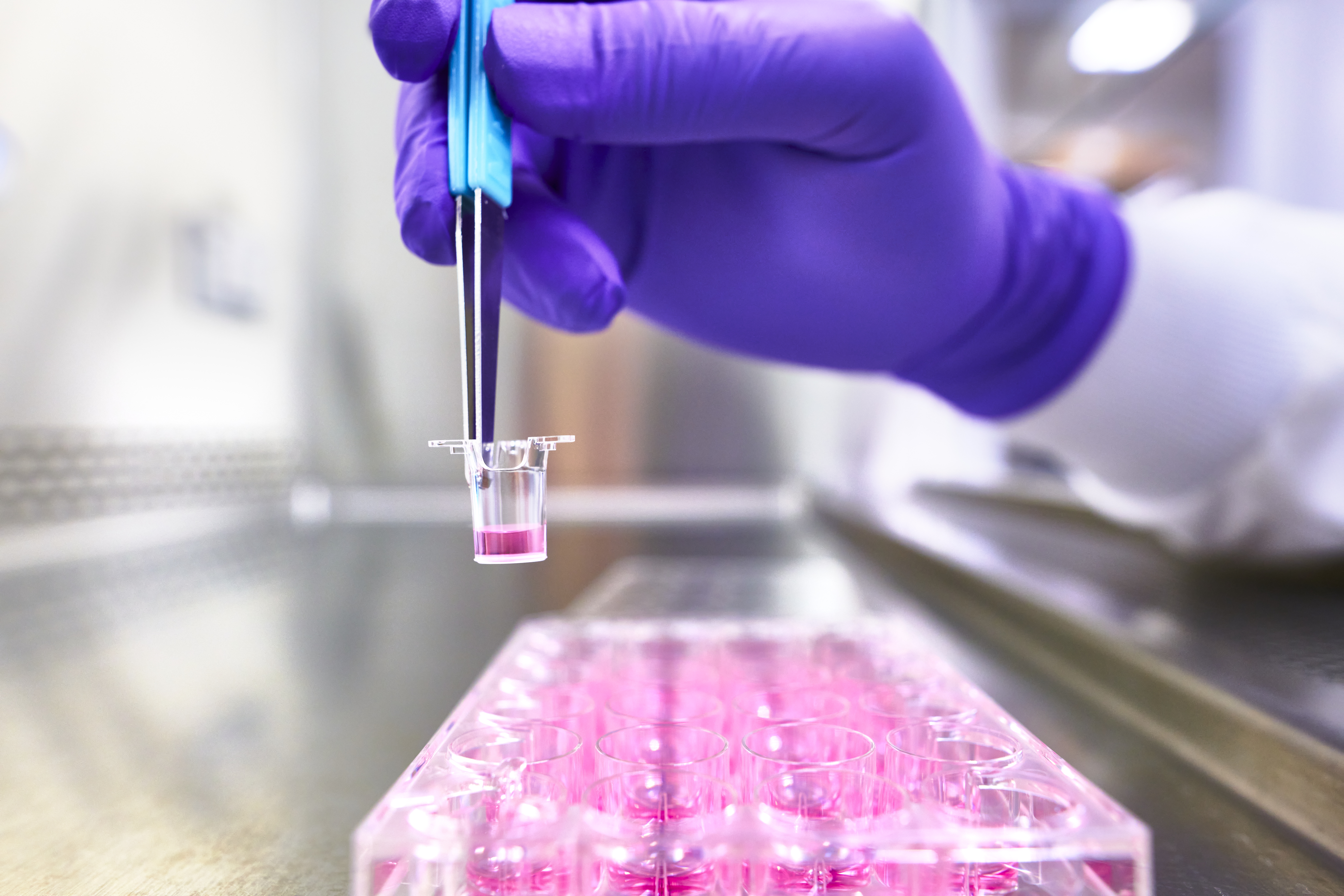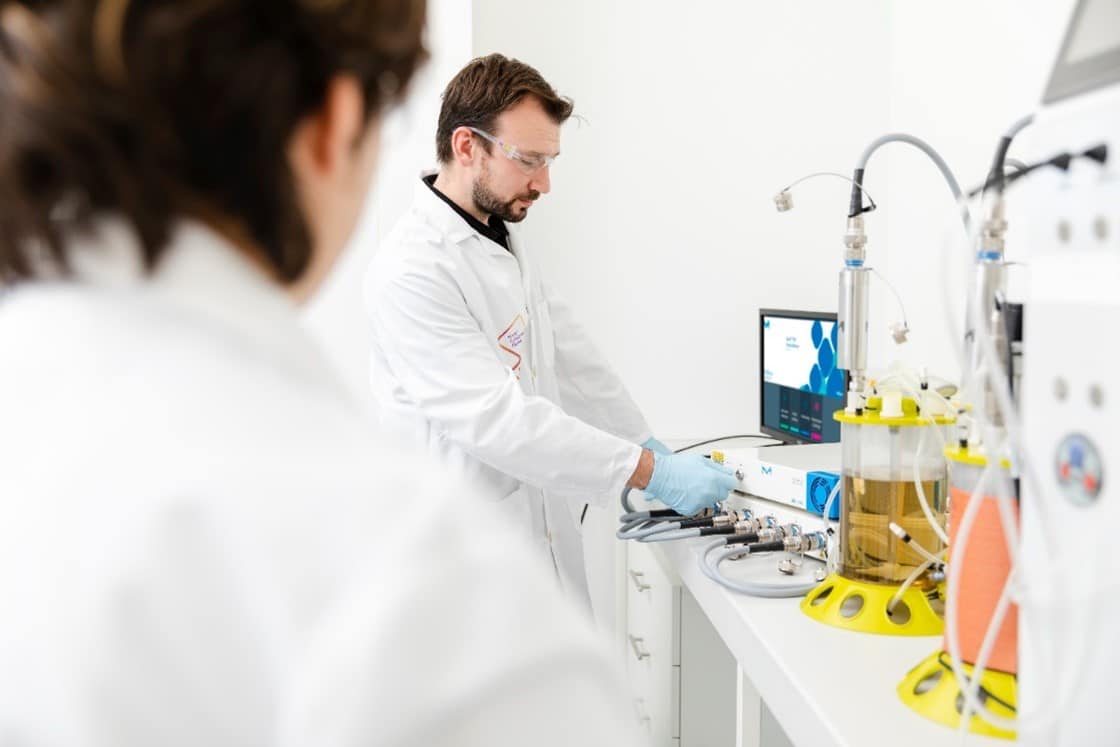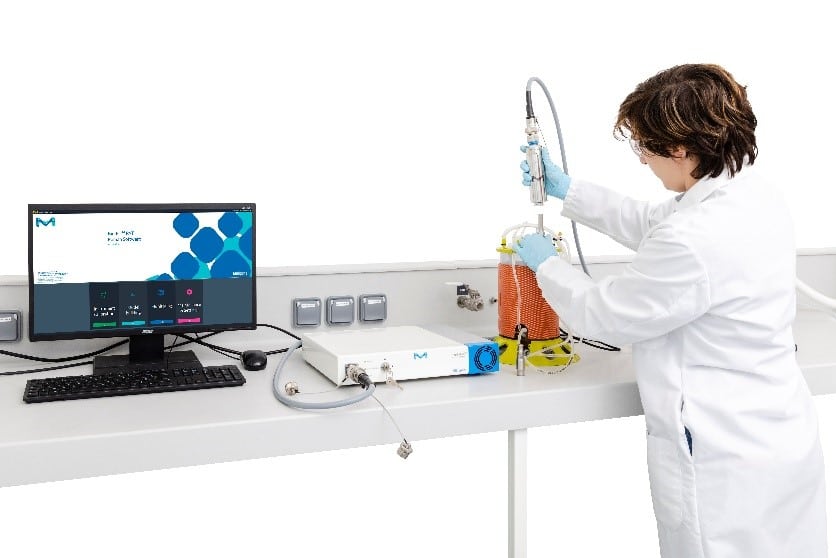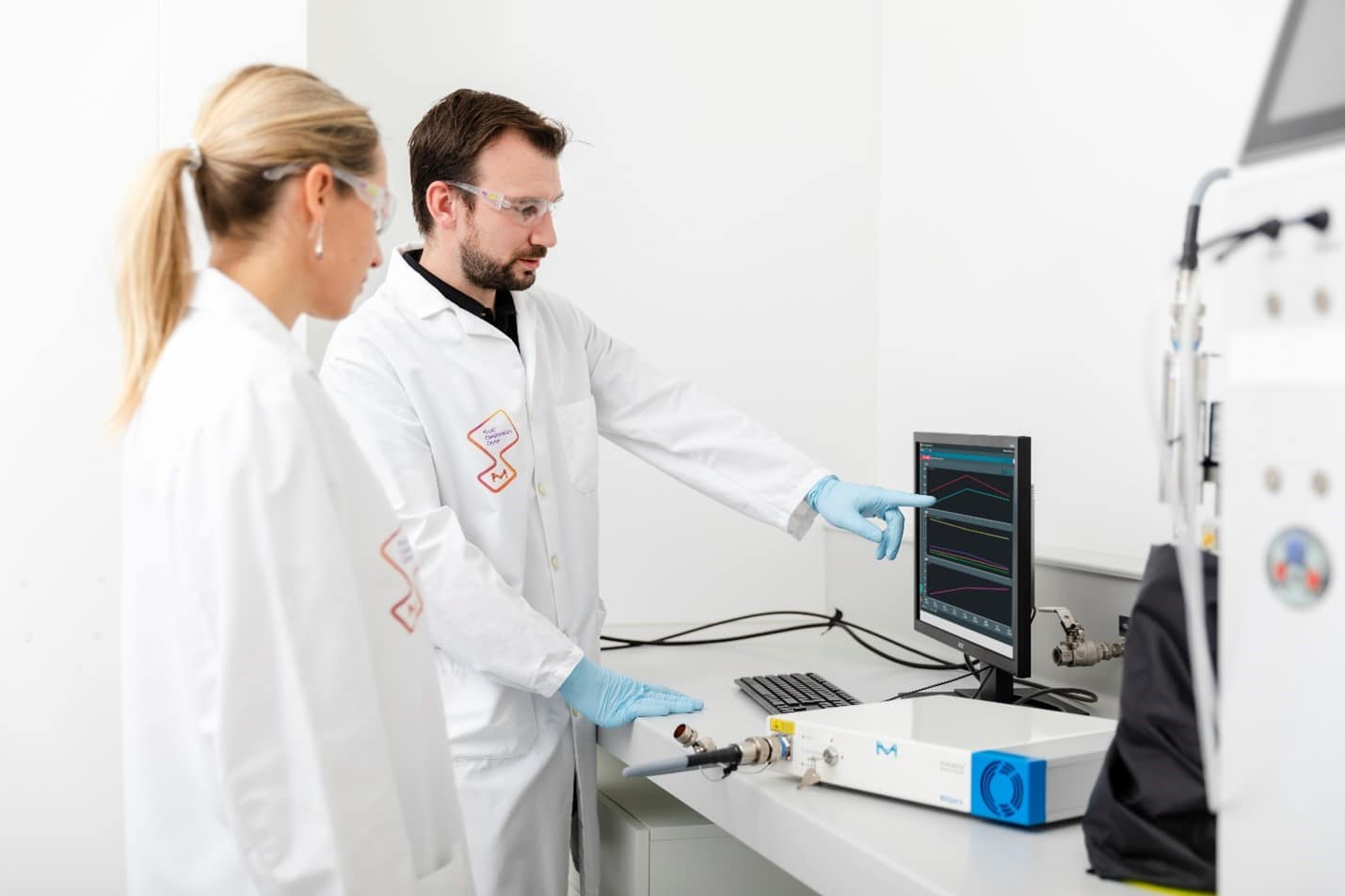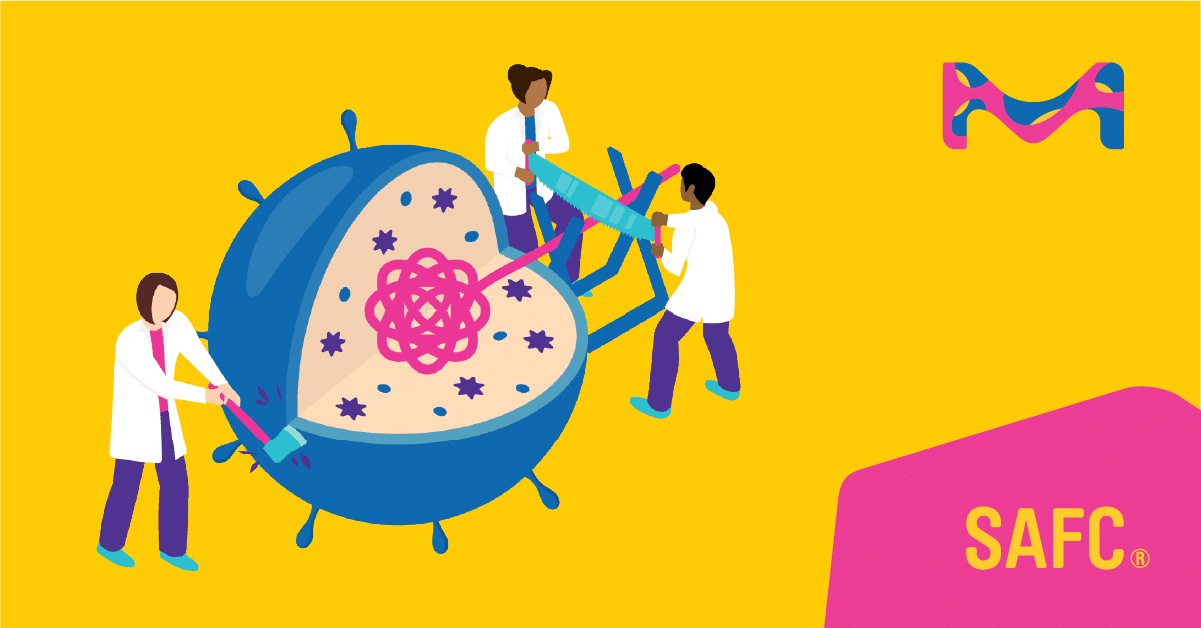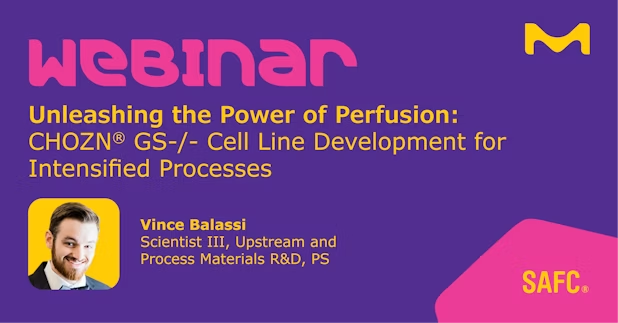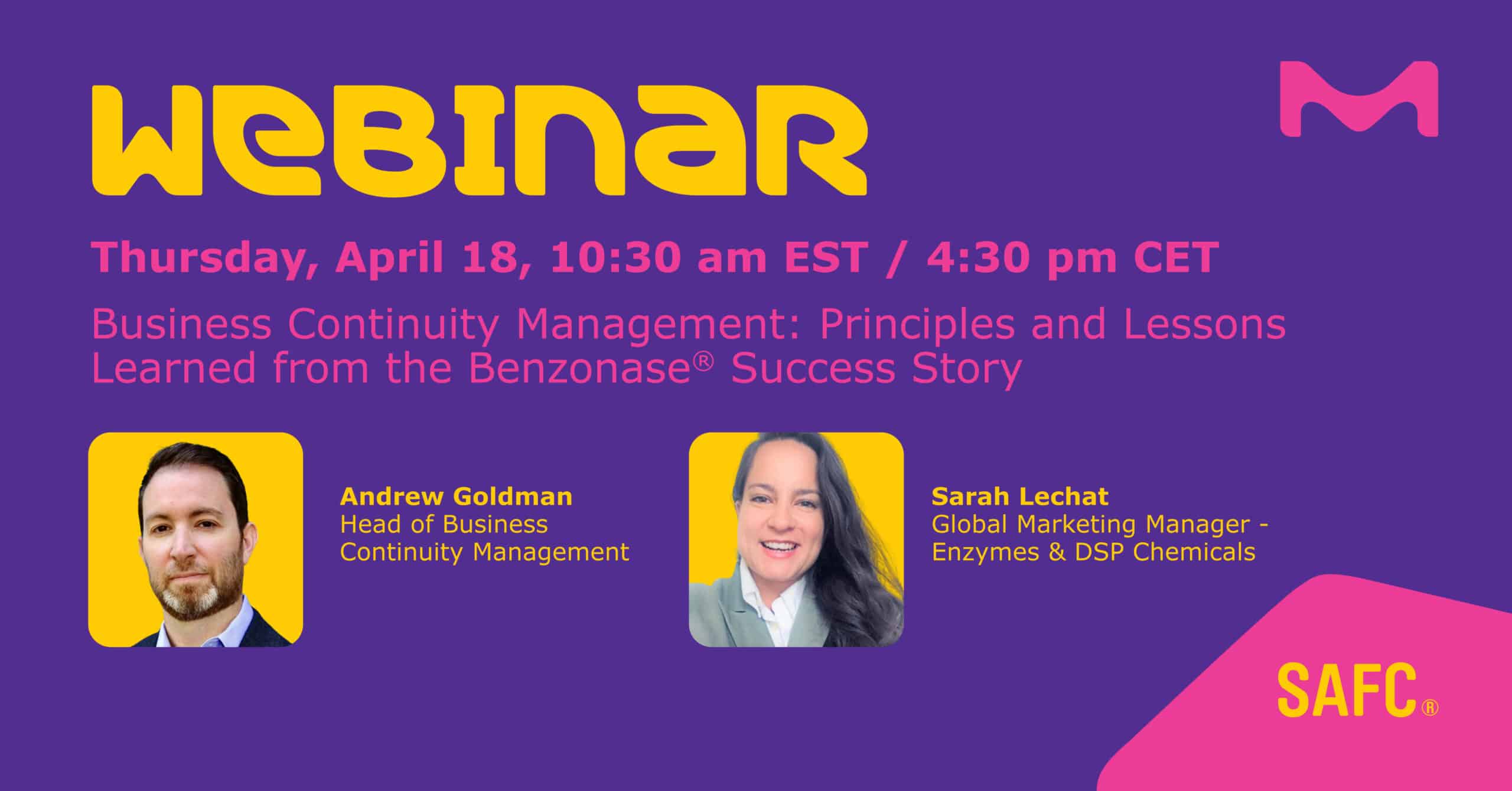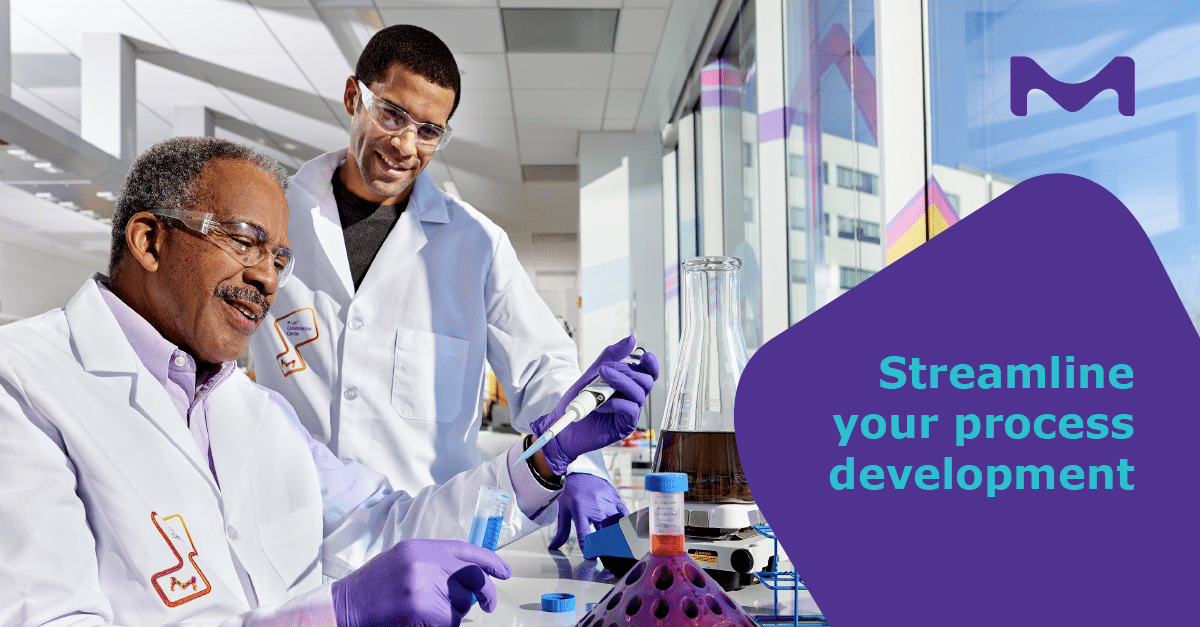Thank You!
Thank you for your contribution by submitting your blog post.
We will get back to you shortly.
We hope to see you again soon in the Emerging BioTalk blog!

mAb, ADC, recombinant
Taking the Lead: Establishing the First GMP Guideline for Cell Culture Media
While cell culture media products play a critical role in the production of many types of therapeutics, there were no specific regulations or GMP certifications governing their use.
• Historically, cell culture media producers used ISO 9001, ISO 13485, and 21 CFR Part 820 to demonstrate product quality and consistency.
• A review of existing standards (ANSI, NSF, ICH, CFR, IPEC-PQG) revealed they were not applicable to cell culture media production processes.
• Merck KGaA, Darmstadt, Germany collaborated with EXCiPACT and industry experts to create a GMP standard for cell culture media, applying the EXCiPACT GMP excipient standard to pharmaceutical auxiliary materials (PAMs), which include cell culture media.
by Amandine Biehler
Gene Therapy · News
Keys to Success: Allogeneic Cell Therapy Manufacturing
Robust commercial scale bioprocessing workflows must be established along with strategies for sterility assurance during the production of allogeneic products.
Bioprocessing considerations include:
• Establishing a robust process
• Ensuring process compatibility
• Creating the sampling plan
• Planning for media production
Sterility assurance considerations include:
• Using GMP materials
• Qualifying raw materials
• Adopting closed processing
• Performing aseptic process simulations
• Ensuring proper sterile filtration
• Understanding extractables, leachables, and particulates
by Amandine Biehler
mAb, ADC, recombinant · News
In-Line Real-Time Monitoring of CHO Cell Culture Process Parameters using Raman Spectroscopy
• Traditional cell culture monitoring offers limited insights, while real-time measurement of critical process parameters provides direct indications of culture state.
• Implementing process analytical technology (PAT) for in-line, real-time measurements improves process understanding, decreases risk, and enables more advanced process control.
by Vincent Gensbittel
mAb, ADC, recombinant · News
Integrated Glucose Control in CHO Culture via Raman Spectroscopy
• Integration of Raman spectroscopy with an automated feedback loop revolutionizes biopharmaceutical manufacturing, enabling real-time glucose level monitoring and precise maintenance for optimal process quality and glycosylation.
• This innovative approach eliminates manual sampling, reduces contamination risks, and ensures reliable, real-time process control, empowering users to navigate upstream biopharmaceutical manufacturing with confidence.
by Vincent Gensbittel
mAb, ADC, recombinant · News
Applications and Uses of Raman Spectroscopy in Bioprocessing
• Raman spectroscopy enables inline and real-time assessment of crucial process parameters and critical quality attributes during process development and manufacturing.
• It employs a chemometric approach to identify, quantify, and measure the concentration of key compounds in complex liquid media during upstream (USP) or downstream (DSP) processes.
by Vincent Gensbittel
mAb, ADC, recombinant · News
Unlocking Bioprocessing Insights: Exploring Chemometrics with Raman Spectroscopy
• Chemometrics is an interdisciplinary field that uses mathematical, statistical, and computer methods to extract valuable information from analytical data.
• When combined with Raman spectroscopy, chemometrics allows for the analysis of relevant data, enabling the generation of detailed insights on bioprocess activities and the development of more efficient models.
by Vincent Gensbittel
Gene Therapy · News
Optimizing AAV Manufacturing: Process Intensification with High Salt Lysis and Salt Tolerant Endonuclease
The AAV vector manufacturing process involves cell lysis and nuclease treatment. Advanced techniques, such as using high salt concentration and a salt-tolerant endonuclease, can enhance vector titer and infectivity. Additionally, the development of a non-animal origin, salt-tolerant Benzonase® endonuclease has shown significant impact on AAV5 capsid titers and AAV2 vector infectivity.
by Amandine Biehler
mAb, ADC, recombinant
On Demand Webinar – Unleashing the Power of Perfusion: Cell Line Development for Intensified Processes
In this webinar, you will learn about:
• Optimizing the CLD process for stable, high-performing perfusion clones.
• Incorporating perfusion scale-down models into your CLD workflow.
• Using Mobius® Breez for final clone selection and cost-effective perfusion process development.
• Importance of using the right media for cell line expansion and production during CLD.
by Amandine Biehler
Gene Therapy
Watch Now! Principles and Lessons Learned from the Benzonase® Success Story
In this webinar, you will learn:
• Key principles of Business Continuity Management
• Best practices for a robust supply chain
• How it translates into success stories, like with the Benzonase® family.
by Amandine Biehler
mAb, ADC, recombinant
Raman Spectroscopy as an advanced PAT Tool For In-Line and Real-Time Monitoring of Bioprocesses
• Raman spectroscopy enables non-destructive analysis of chemical composition and molecular structure.
• It provides real-time and in-situ measurements, allowing for sample preservation.
• Raman spectroscopy captures diverse biological and chemical information within a single spectrum and enables identification of specific molecules based on their distinct spectral signatures.
by Vincent Gensbittel
Emerging Biotech
Apply now! 2024 North America Advance Biotech Grant Program
Apply to our Advance Biotech Grant Program and get a chance to benefit from products, services, and consultations from experts. Applications are open until April 30th, 2024.
by Amandine Biehler
Gene Therapy
Turning potential into reality for gene therapy
• The gene therapy field is poised to deliver an increasingly broad and impactful set of treatments across many different diseases.
• A linchpin for success is a robust, cost-efficient, and scalable viral vector manufacturing workflow.
• Standardized production methods and fit-for-purpose workflow technologies are now available to address the unique development and manufacturing needs of viral vectors.
• Access to the necessary capacity and expertise along with strategies for a simplified pathway to GMP manufacturing, a shorter process development timeline, and a reduction in the exorbitant fixed costs associated with facility development are also available to help realize the true potential of gene therapy manufacturing space.


